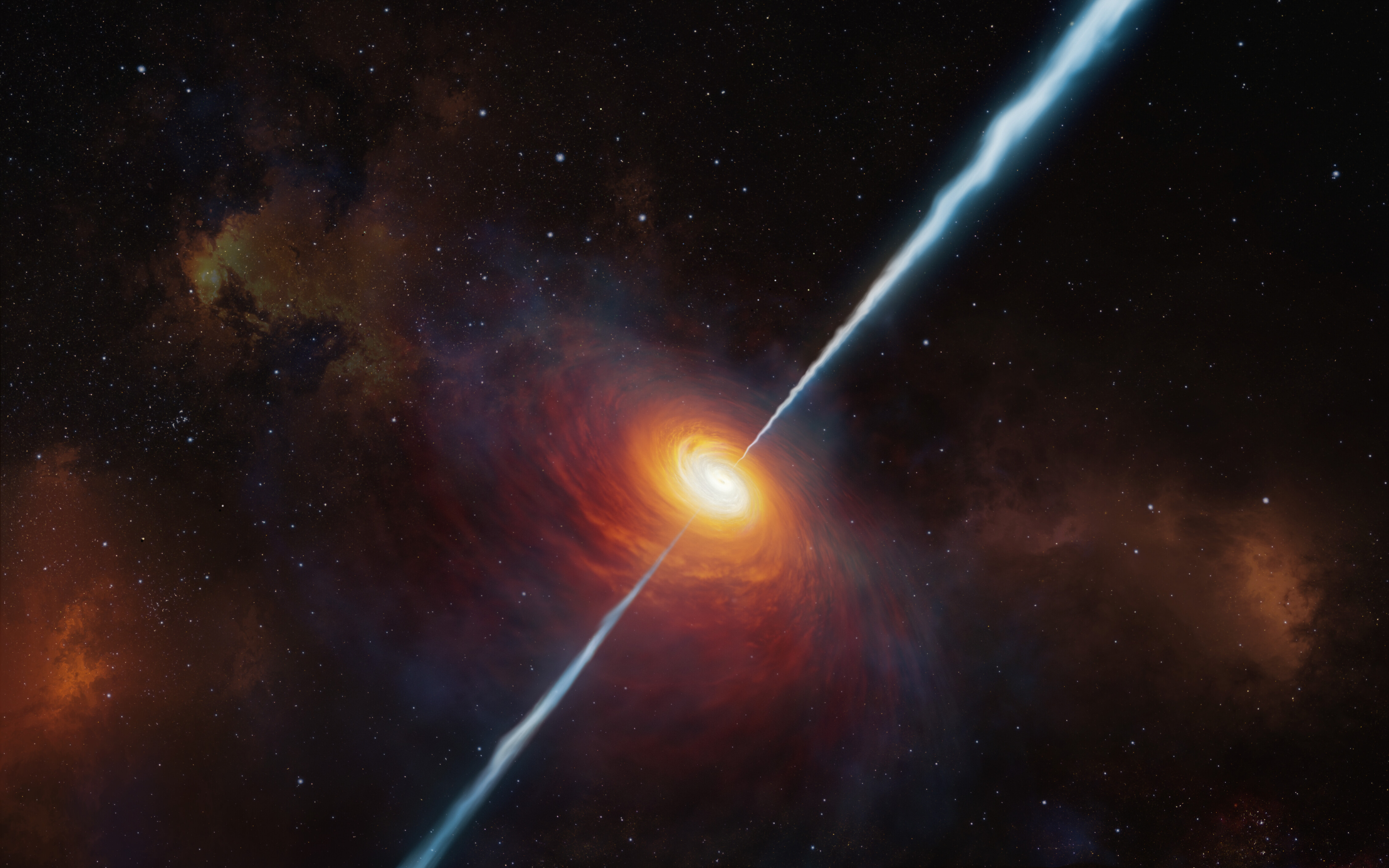In a groundbreaking discovery, scientists have observed the early universe running in extreme slow motion, unlocking one of the mysteries proposed by Albert Einstein’s theory of relativity. The theory suggests that the ancient universe should appear to run much slower than the present day.
Now, researchers have cracked this enigma using quasars as their “clocks.”
“Looking back to a time when the universe was just over a billion years old, we see time appearing to flow five times slower,” explains Professor Geraint Lewis from the School of Physics and Sydney Institute for Astronomy at the University of Sydney, the lead author of the study, in a statement. “If you were there, in this infant universe, one second would seem like one second – but from our position, more than 12 billion years into the future, that early time appears to drag.”
The research, published in Nature Astronomy, relied on nearly 200 quasars – hyperactive supermassive black holes at the centers of early galaxies – to analyze this time dilation phenomenon.
Professor Lewis clarifies, “Thanks to Einstein, we know that time and space are intertwined, and since the dawn of time in the singularity of the Big Bang, the universe has been expanding. This expansion of space means that our observations of the early universe should appear to be much slower than time flows today. In this paper, we have established that back to about a billion years after the Big Bang.”
Previously, astronomers used supernovae as “standard clocks” to confirm the slow-motion universe, but observing them at immense distances was challenging. By studying quasars, scientists have rolled back the time horizon to just a tenth of the age of the universe, validating that the universe appears to speed up as it ages.
Professor Lewis and astro-statistician Dr. Brendon Brewer from the University of Auckland worked together to analyze data from 190 quasars observed over two decades. By standardizing the “ticking” of each quasar across different colors and wavelengths, they were able to observe the expansion of the universe imprinted on each quasar’s ticking.
“These exquisite data allowed us to chart the tick of the quasar clocks, revealing the influence of expanding space,” Professor Lewis elaborates.
The findings support Einstein’s picture of an expanding universe and contradict earlier studies that failed to identify the time dilation of distant quasars.
“With these new data and analysis, however, we’ve been able to find the elusive tick of the quasars, and they behave just as Einstein’s relativity predicts,” Professor Lewis concludes. This discovery reaffirms quasars as cosmological objects and confirms the validity of the idea of expanding space.












